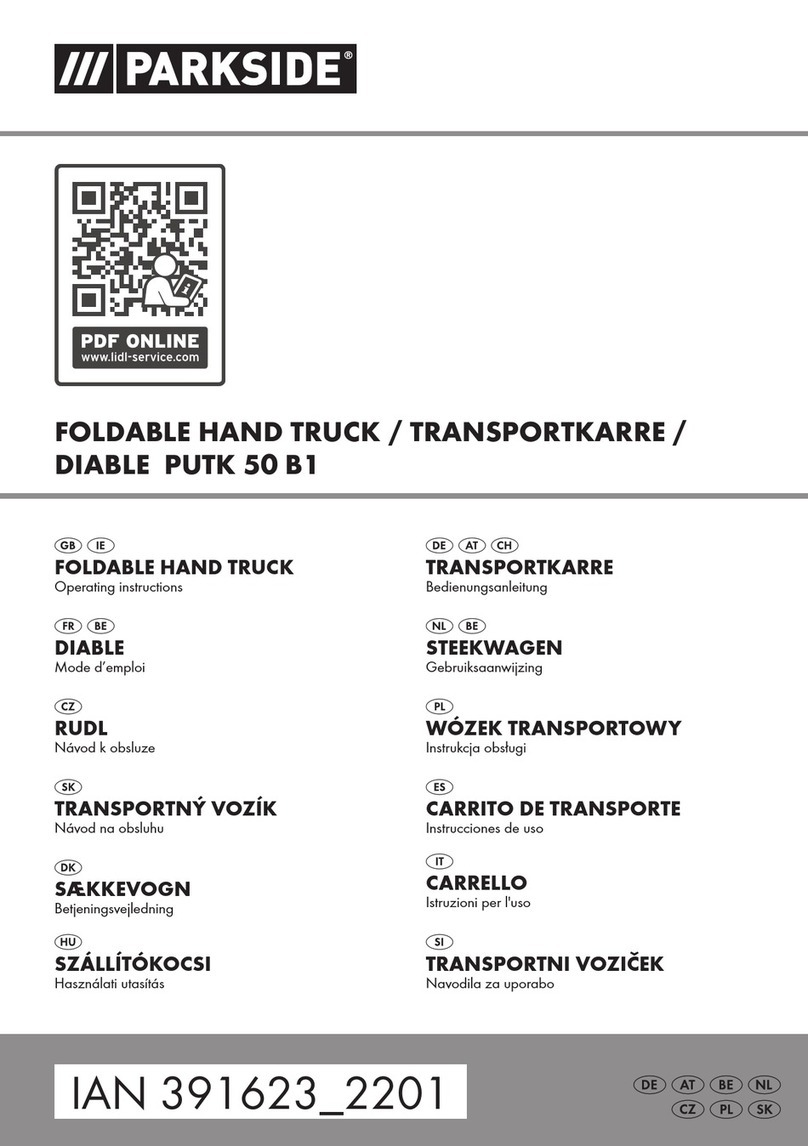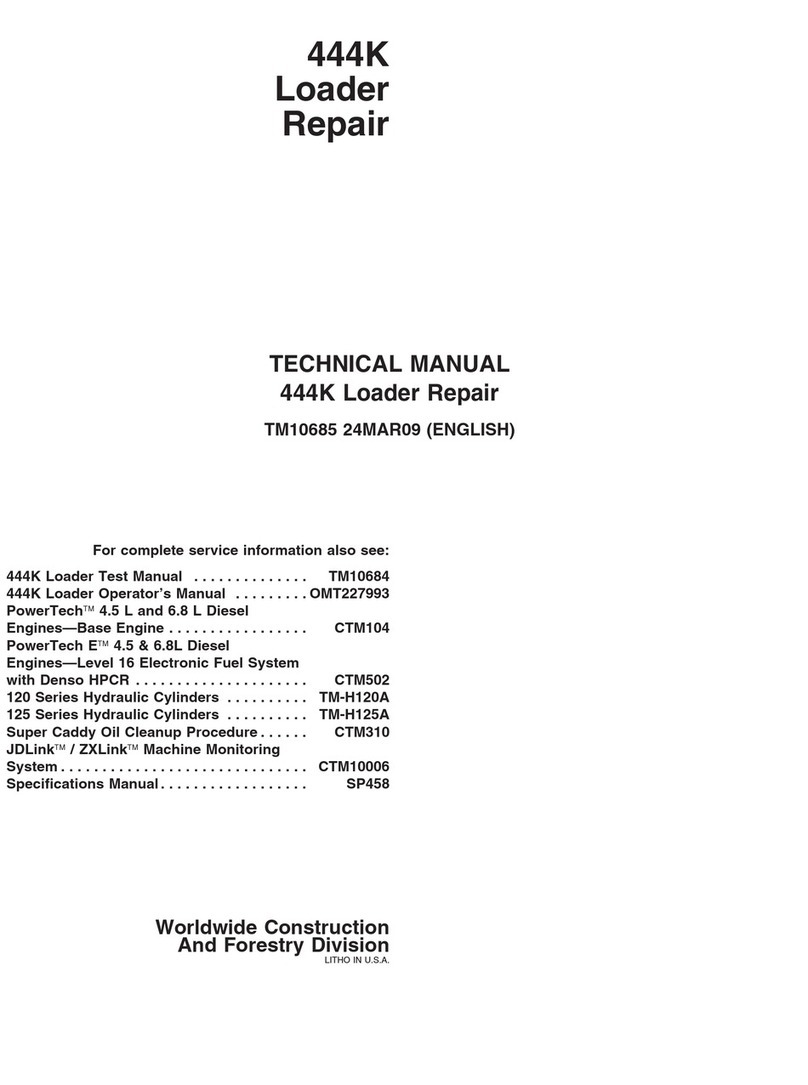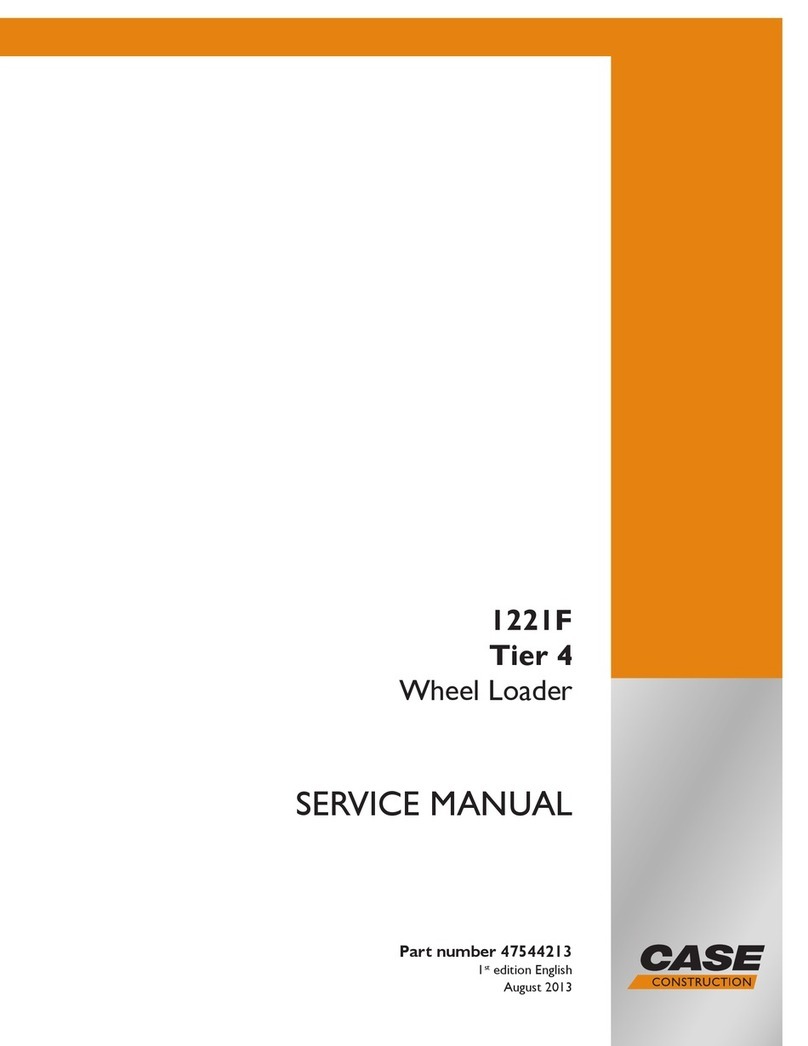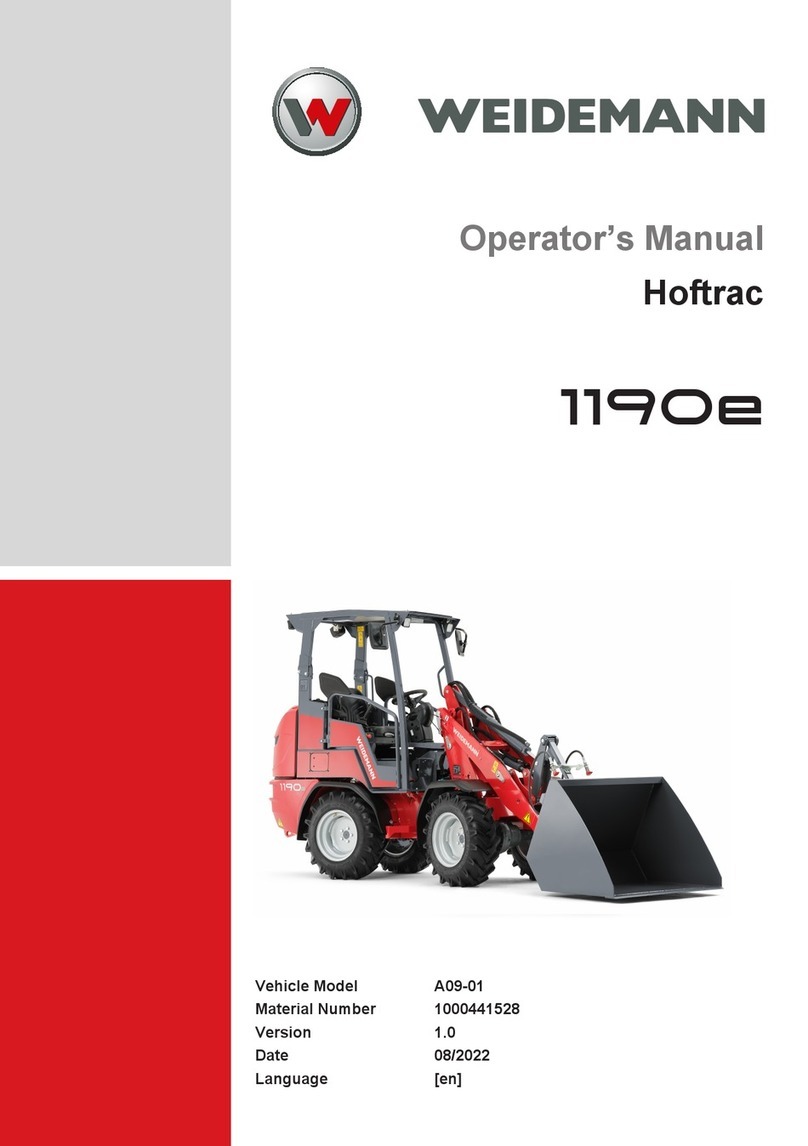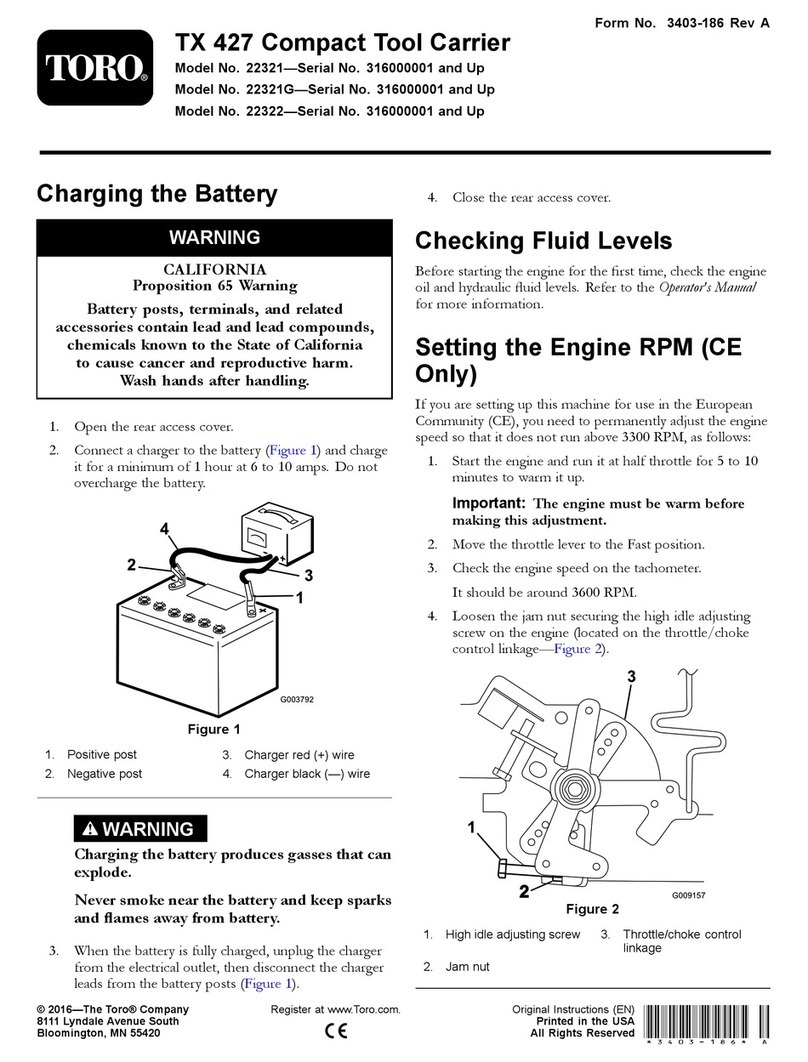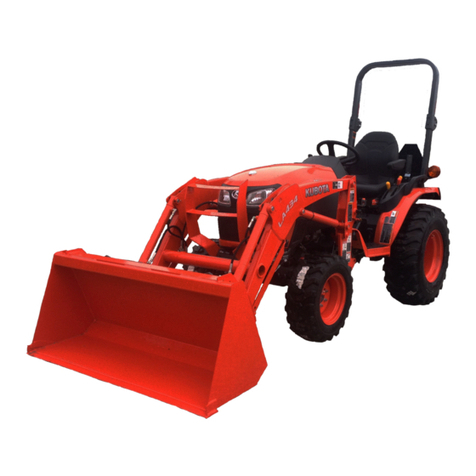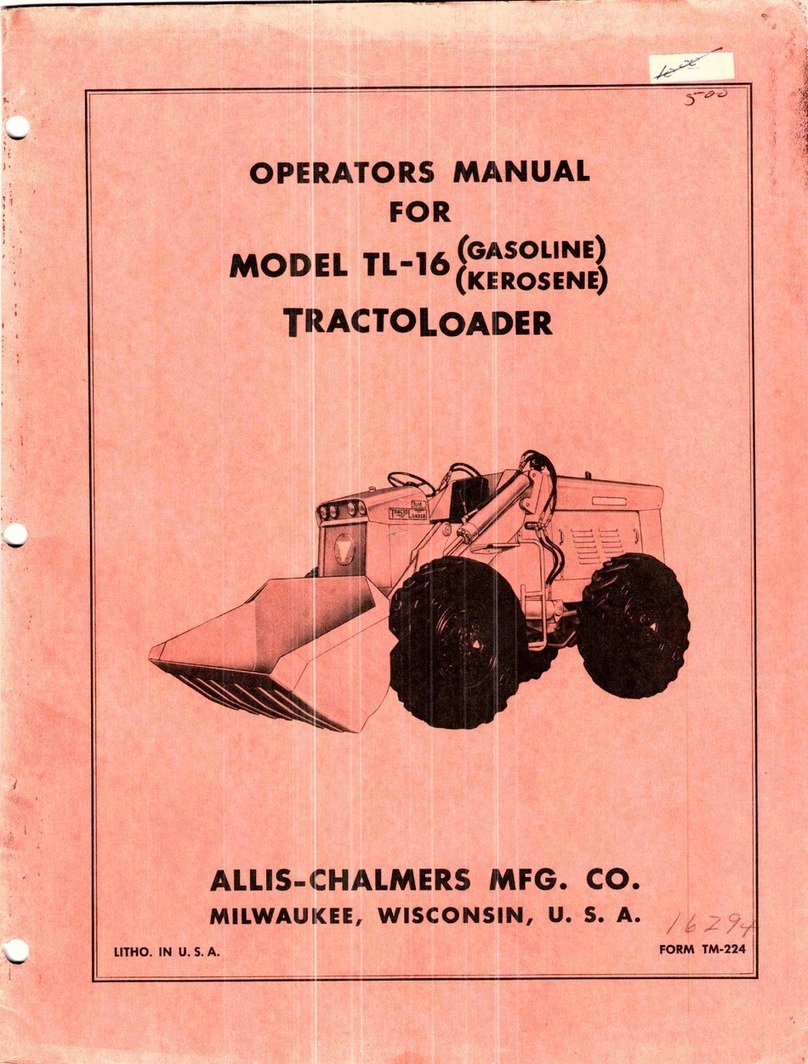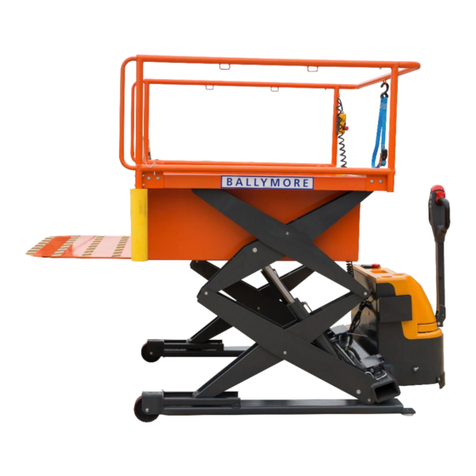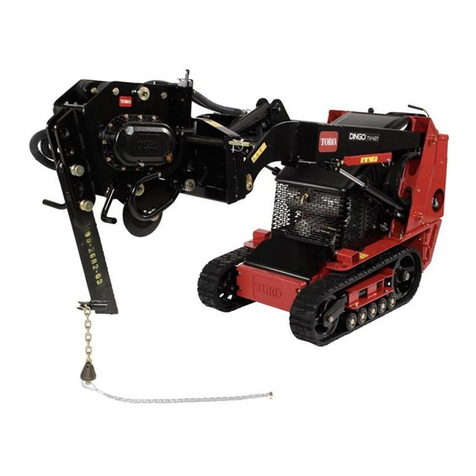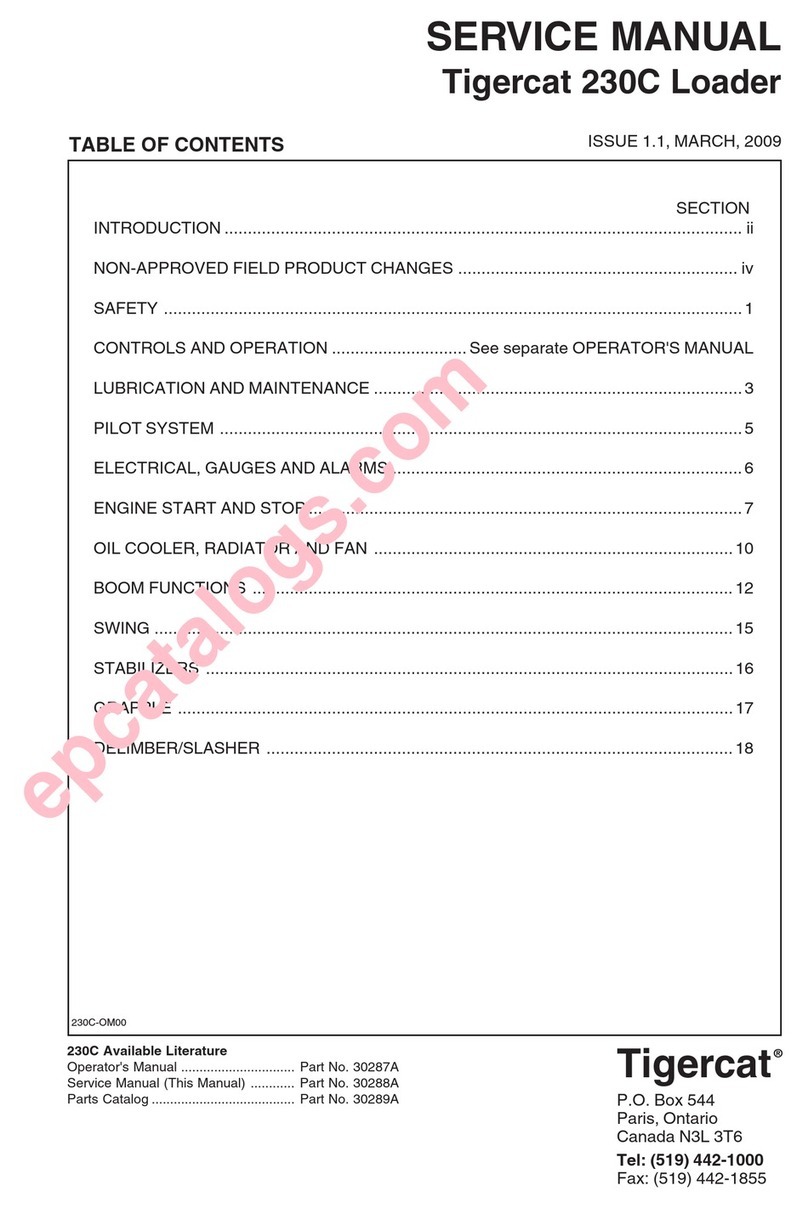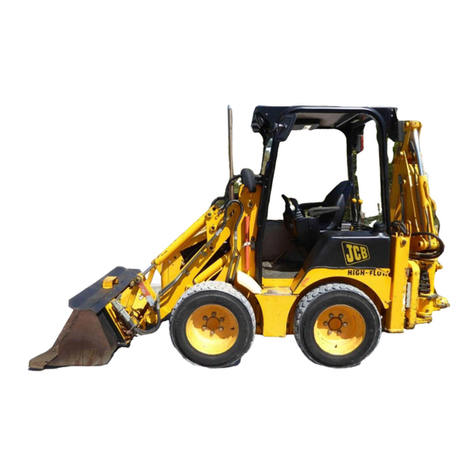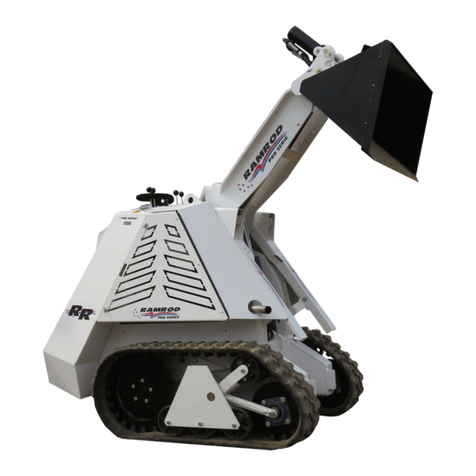
Table of Content
iv Operator’s Manual | 4080T Basic Line | 1000408123 | 05/2019 | [en]
7.9 Operating the front hydraulic connections .................................................................................... 136
7.10 Operating the rear hydraulic connections ..................................................................................... 142
7.11 Operating electrical functions ....................................................................................................... 146
7.12 Working with attachments............................................................................................................. 148
8 Transportation
8.1 Towing the vehicle ........................................................................................................................ 162
8.2 Loading the vehicle....................................................................................................................... 167
8.3 Transporting the vehicle ............................................................................................................... 172
9 Maintenance
9.1 Safety instructions for maintenance.............................................................................................. 175
9.2 Daily and weekly maintenance ..................................................................................................... 178
9.3 Maintenance accesses on the vehicle .......................................................................................... 179
9.4 Performing a visual inspection...................................................................................................... 182
9.5 Tables for operating materials and filling quantities...................................................................... 183
9.6 Checking fill levels ........................................................................................................................ 184
9.7 Lubricating the vehicle and attachment ........................................................................................ 195
9.8 Cleaning and maintaining vehicle ................................................................................................. 200
9.9 Brake system maintenance .......................................................................................................... 206
9.10 Steering system maintenance ...................................................................................................... 207
9.11 Electrical system maintenance ..................................................................................................... 208
9.12 Working hydraulics maintenance.................................................................................................. 210
9.13 Engine maintenance ..................................................................................................................... 211
9.14 Exhaust gas aftertreatment system .............................................................................................. 212
9.15 Cab maintenance.......................................................................................................................... 220
9.16 Tire maintenance .......................................................................................................................... 222
9.17 After daily and weekly maintenance ............................................................................................. 224
10 Malfunctions
10.1 Faults, causes, remedy................................................................................................................. 225
10.2 Fault indications on the display..................................................................................................... 227
11 Decommissioning
11.1 Temporary decommissioning........................................................................................................ 231
11.2 Permanent decommissioning ....................................................................................................... 232
12 Technical data
12.1 Dimensions ................................................................................................................................... 234
12.2 Weights......................................................................................................................................... 235
12.3 Engine........................................................................................................................................... 237
12.4 Electrical system........................................................................................................................... 238
12.5 Drive system ................................................................................................................................. 240
12.6 Hydraulics ..................................................................................................................................... 241
12.7 Emissions...................................................................................................................................... 242

